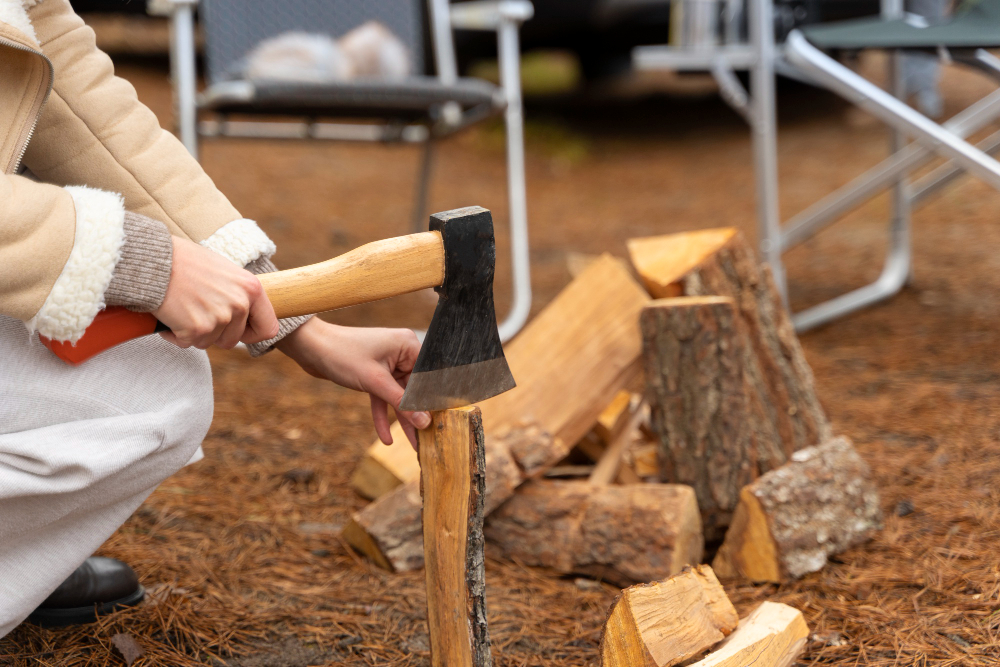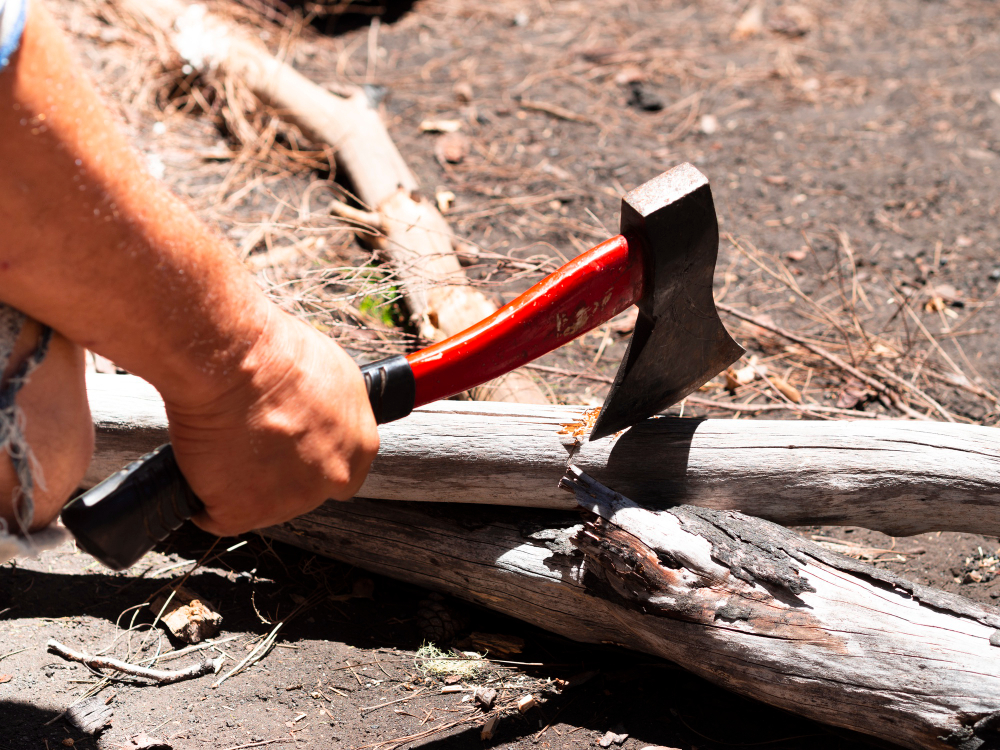


Whether setting camp in the Northwoods or splitting firewood outside your cabin, the right axe can make all the difference. For outdoor enthusiasts, bushcrafters, and backcountry paddlers, an axe isn't just a tool, it’s a critical part of your gear.
an axe isn't just a tool, it’s a critical part of your gear.
At Boundary Waters Catalog, we understand that no two adventures are the same, so choosing the right axe should be intentional and informed.
This guide will walk you through the essentials, so you can head out confident, capable, and ready for whatever the trail throws at you.
Understand the Different Types of Axes
Before you buy, consider how you’ll use your axe. Not all axes are created equal, and each has its own specialty:
Note: Always research local land management guidelines before using axes in the backcountry. Cutting live trees or damaging vegetation is not only unethical—it’s often illegal.
Choosing an axe isn’t just about the type; it’s about how it feels in your hand and how well it matches your strength and skill.
feels in your hand and how well it matches your strength and skill.
A backpacker or canoeist heading to an outdoor adventure won’t want a bulky felling axe weighing them down. On the other hand, if you’re staying put for a while, a heavier axe offers more power and leverage.
Generally, a 1.5- to 2-pound axe is ideal for lighter work and easy transport. Larger axes, in the 3 to 4-pound range, are better suited for more demanding wood processing.
Axes are only as good as the materials they’re made of. That’s why we carefully curate the tools we trust for our kits in our store.
High-carbon steel provides excellent edge retention and can be sharpened easily. Many of our premium axes are hand-forged, a nod to timeless craftsmanship that holds up under hard use.
Whether you prefer the traditional feel of American hickory or the weather resistance of composite materials, your handle should feel solid, balanced, and secure. Wooden handles absorb shock naturally, while synthetic options offer extra resilience in damp or freezing conditions.
A high-quality axe is an investment and like any good tool, it requires care. Always inspect your axe before use, especially where the head joins the handle. Loose heads can be dangerous and ineffective.
Keep your edge sharp. A dull axe requires more force and can glance unpredictably. We recommend carrying a compact sharpening tool in your pack—something you’ll find in our axe maintenance section.
And don’t forget your sheath. A quality blade cover isn’t just for protection during transport—it prevents accidents and keeps your edge from dulling unnecessarily.
The terrain and your trip length should guide your choice. For instance, a compact axe is great when weight and space matter, like during multi-day portages. A larger axe might be a better fit for hunting camps or remote cabins where firewood processing is central to the day.
In the world of outdoor gear, the right axe isn’t a luxury—it’s a necessity. It provides heat, shelter, safety, and peace of mind.
When you shop at Boundary Waters Catalog, you’re not just choosing from a shelf of axes. You’re selecting from tools tested and trusted by people who live and breathe the outdoors. We carry reputable brands such as Gransfors Bruk and Hults Bruk, which are known for their efficiency and reliability.
So whether you’re carving out your first campsite or prepping firewood for the long winter ahead, the right axe is waiting for you—sharp, balanced, and built to last.